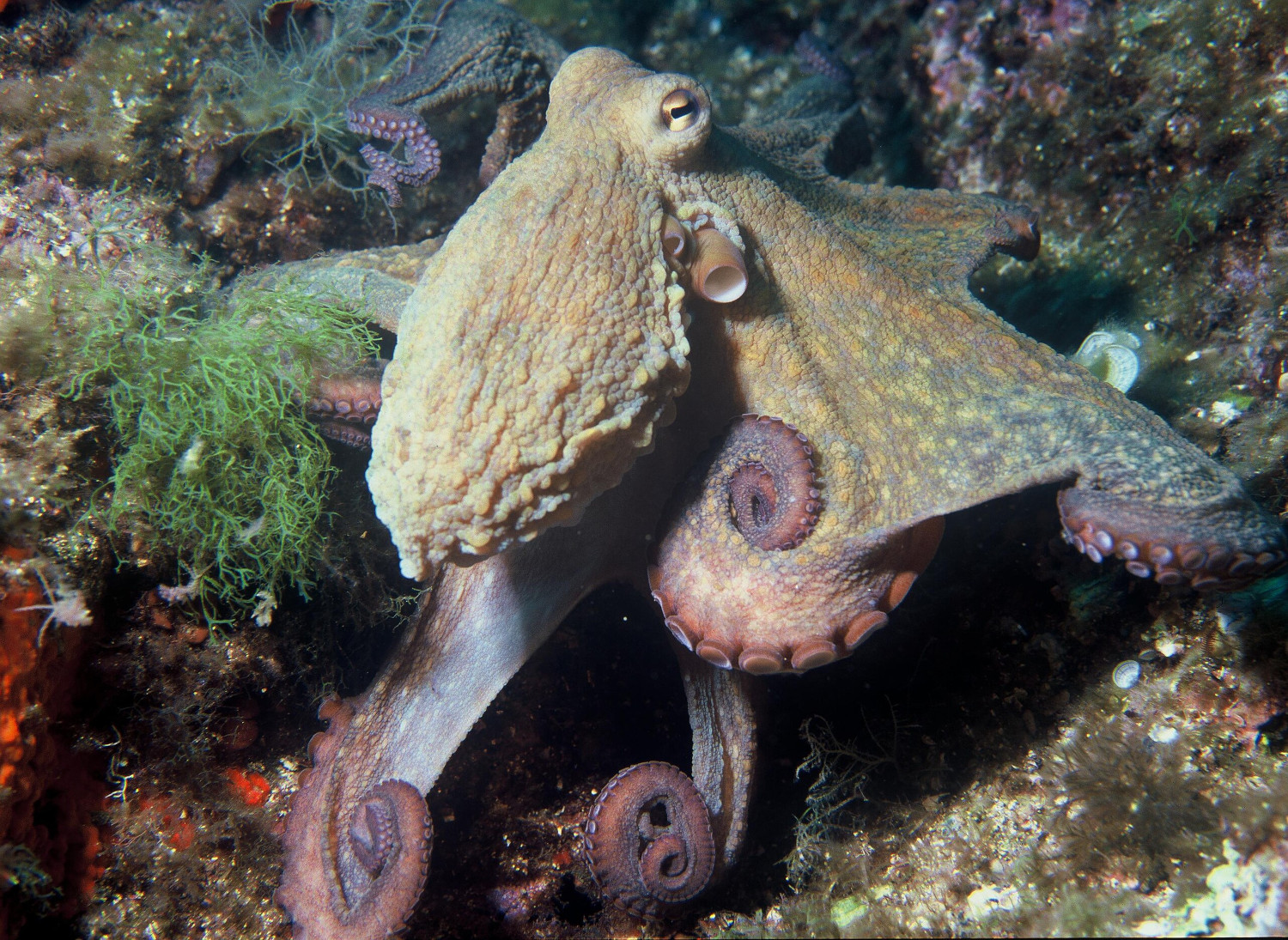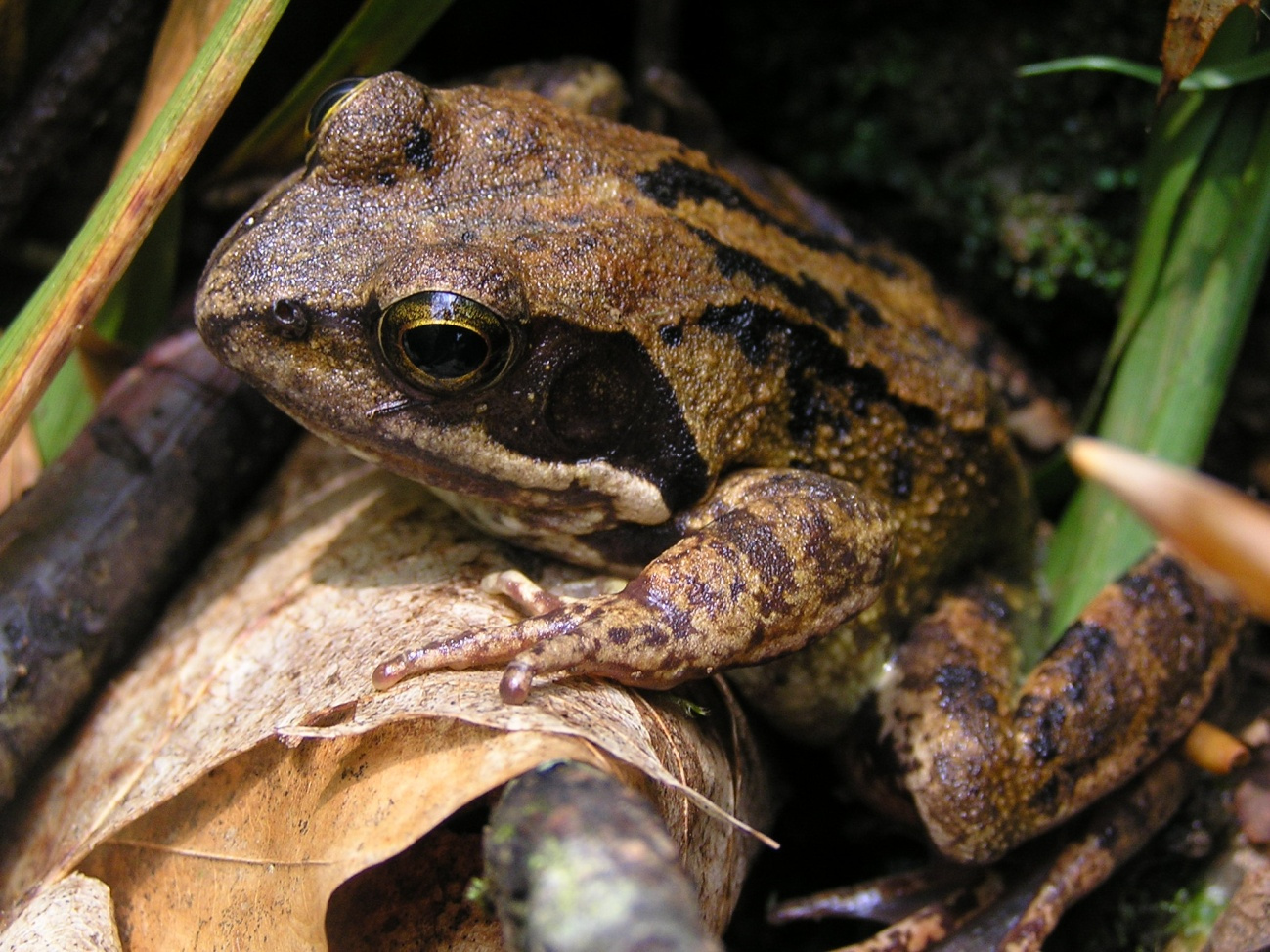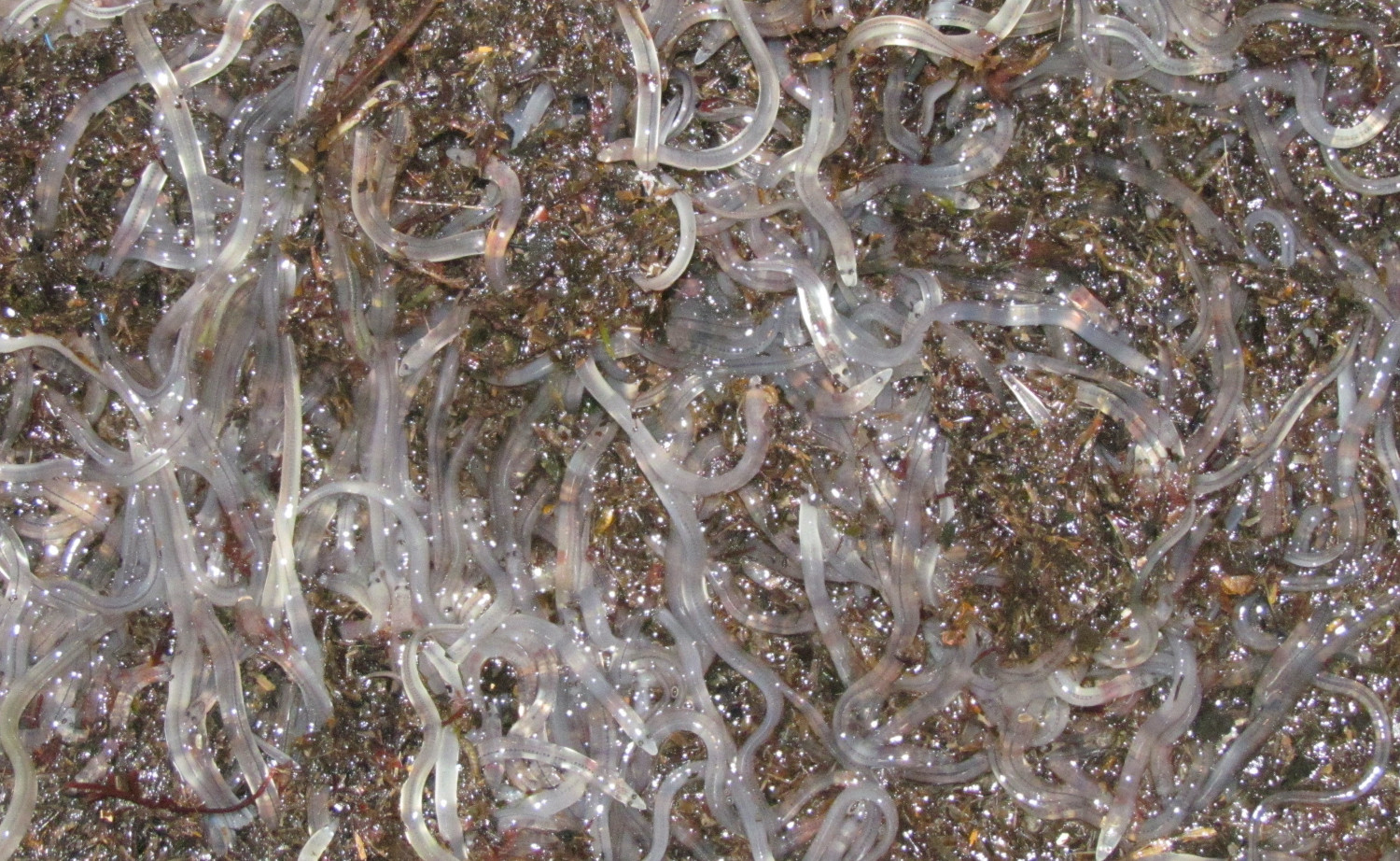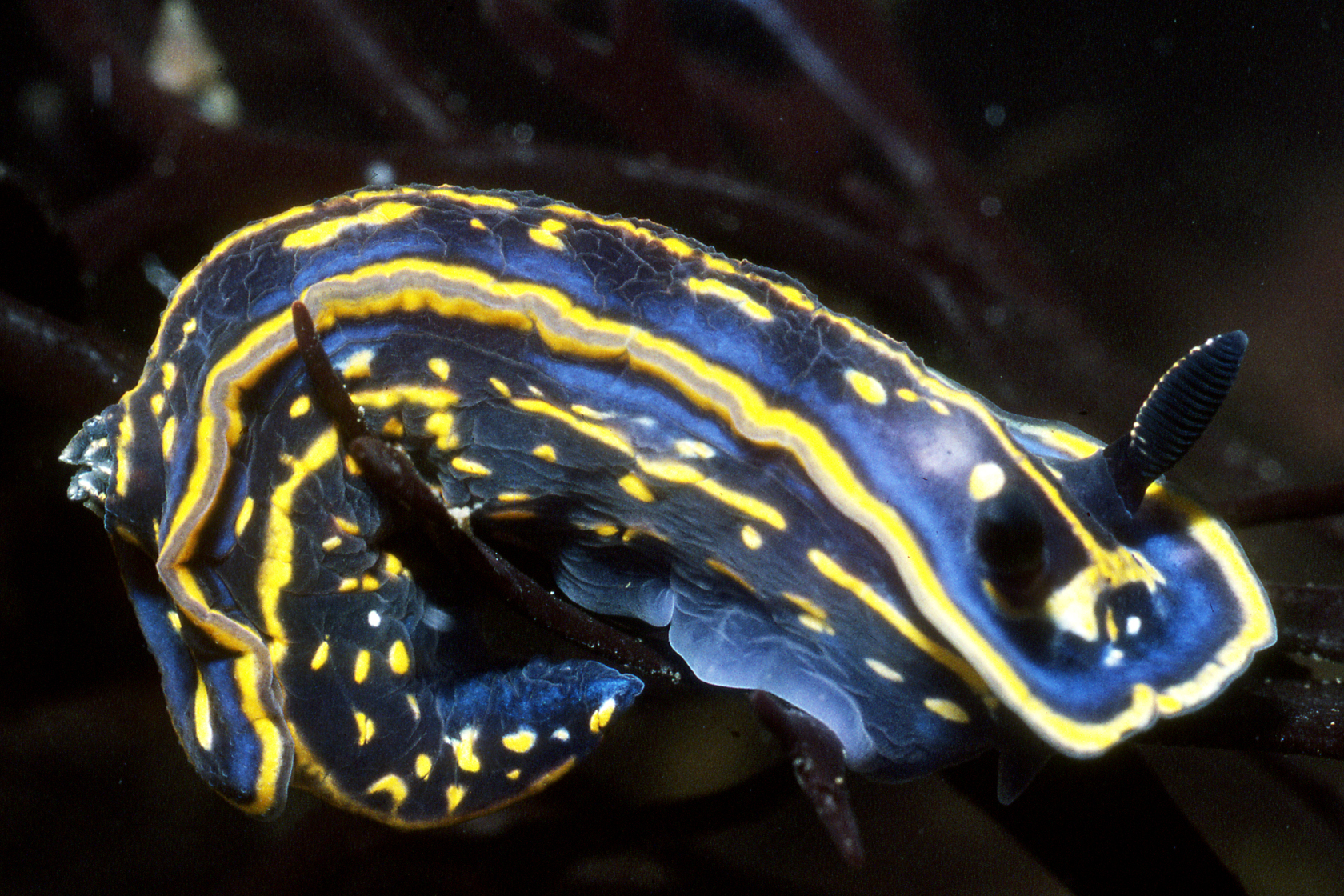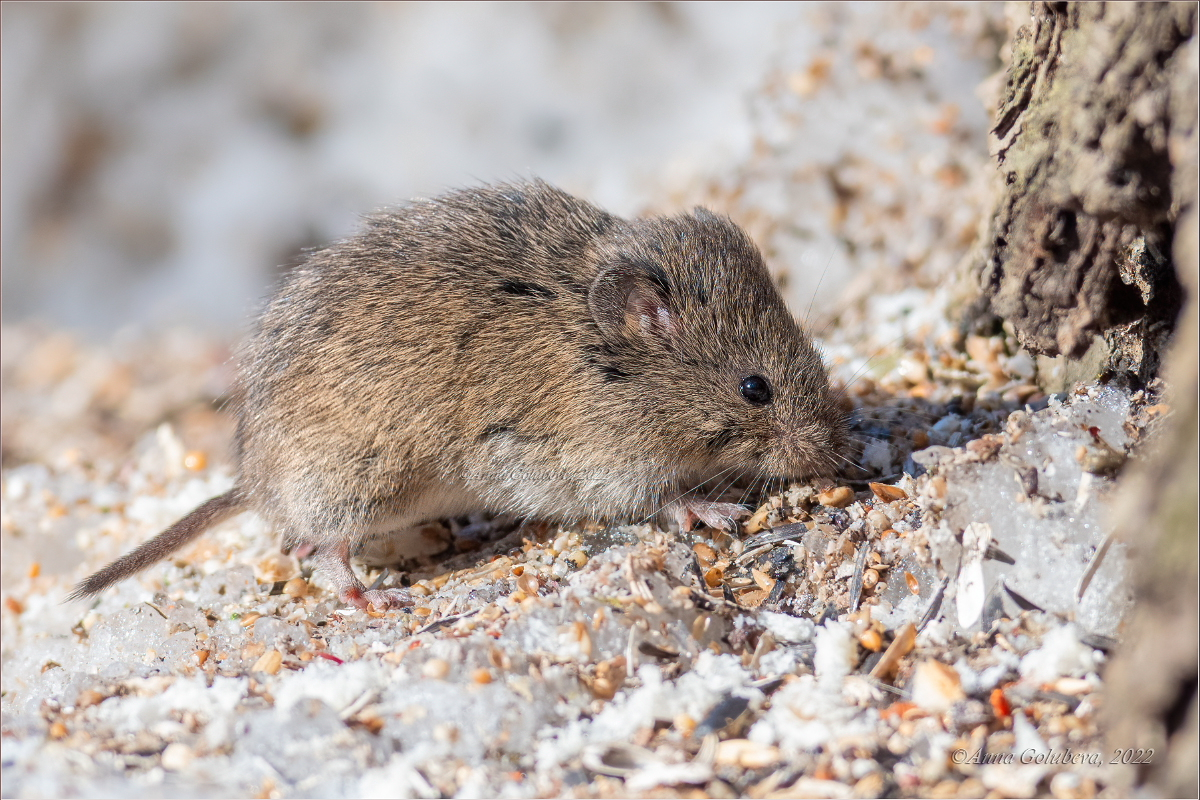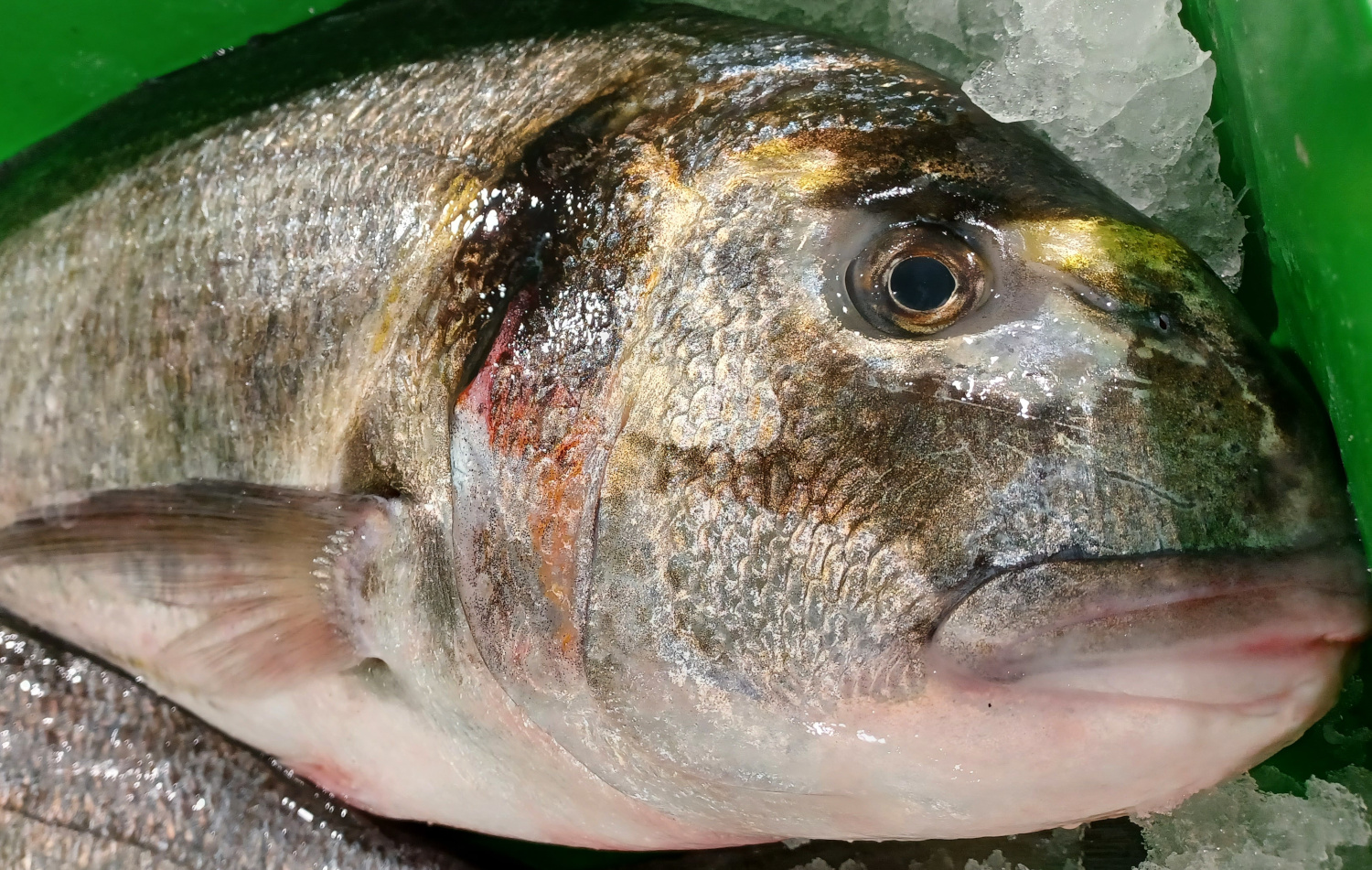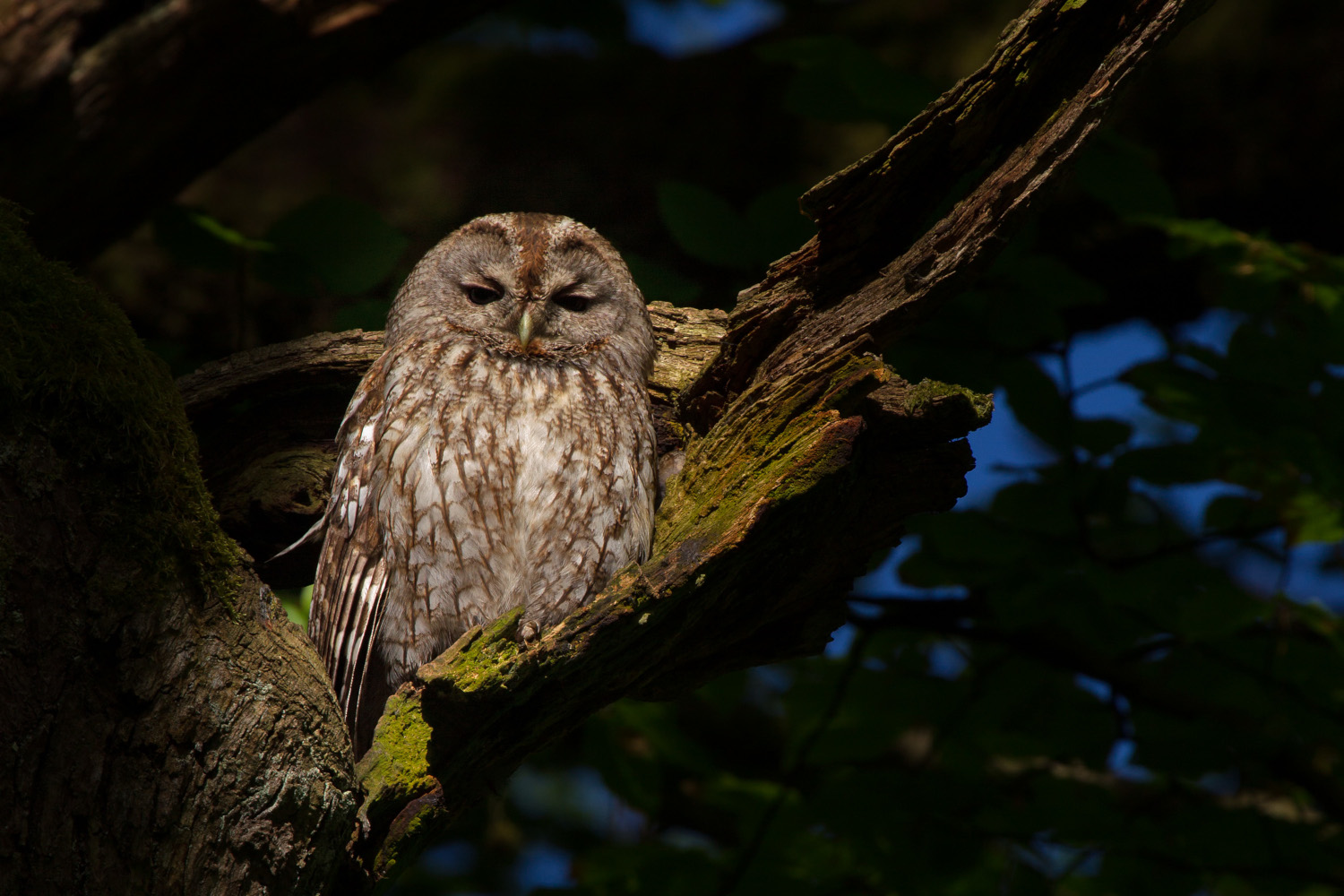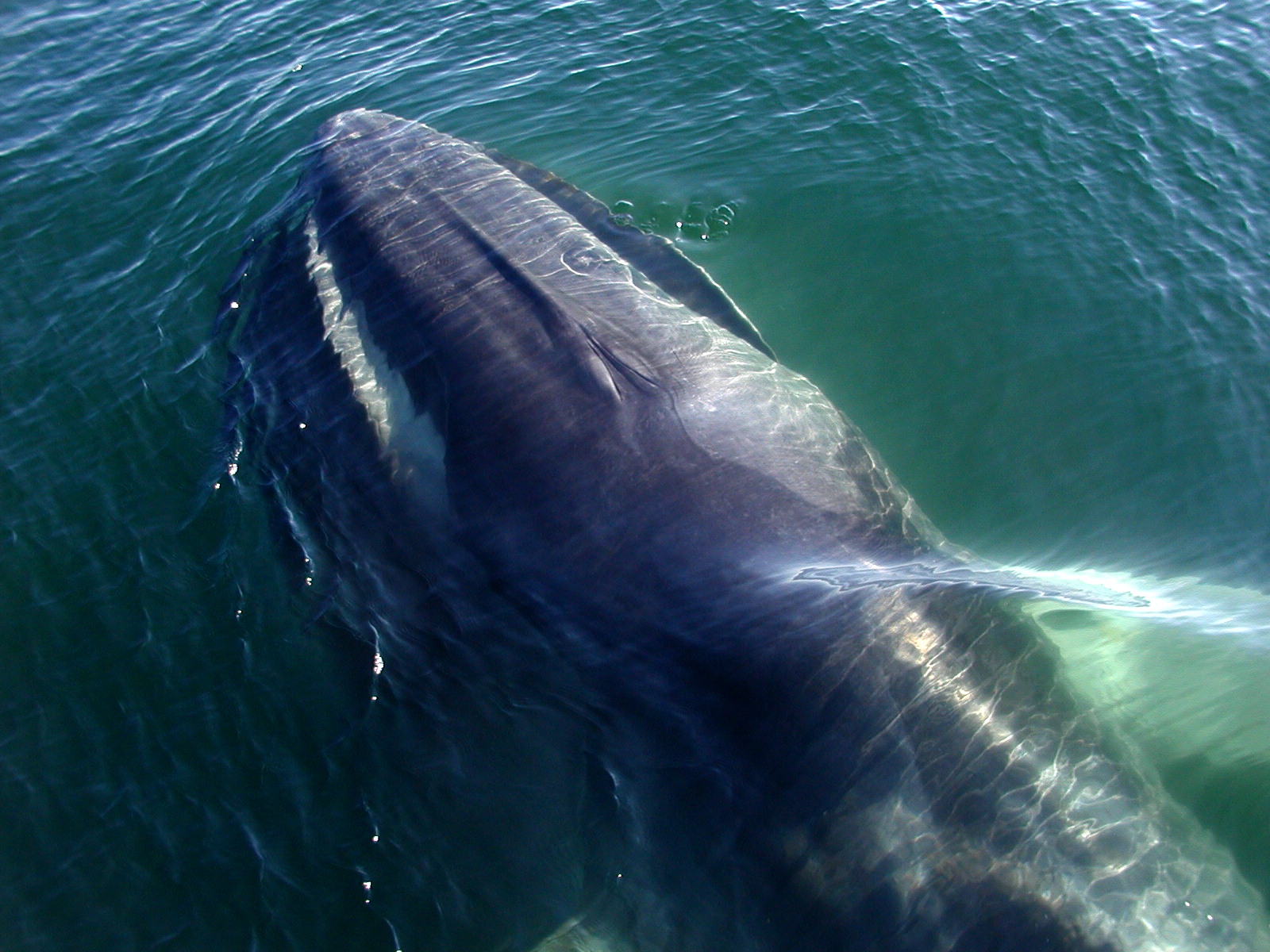Potter coming in summer
- Seeing this bird with long, sharp wings and v-hanging tail, we know that summer is about to reach Euskal Herria. Black back and tail, with bluish gloss, red breast and whitish lower. Swallow is a bird that has had a great presence in the beliefs of the Basques. But some of you won't know that we have five species of swallows: the common golondrine, the golondrine, the rocky golondrine, the zapator plane and the darid golondrine. But what is it?

Golondrina (Rustica Hirundo)
GROUP: Vertebrate / Bird.
SIZE: From peak to tail 17-21 cm. South length 32-34.5 cm.
WHERE DO YOU LIVE? Open field, rural area.
WHAT DOES IT EAT? Mostly insects, flies and mosquitoes.
LEVEL OF PROTECTION: Protected at European level.
First you have to look at the tail. If the tail fork is small or the tail itself is short, the golondrine may be solomille, the rocosal golondrine, or the liner. Next we will look at the color: if it is black, with the white ass, then the golondrine will be the solomillo; as its name indicates, the whole bottom is white. If it is brown we have two options: if the bottom is white and the neck is brown – it seems to have a brown collar – the part of the leash is the swallow; if the bottom is light brown and has white patches in the tail, the rock will be the swallow. On the other hand, if the tail fork is large and deep, golondrine can be common or purging. It is very easy to distinguish between two: if its name indicates well, the butt is red, the swallow will wrap up, while if the butt is all the black dorsum with bluish gloss, the swallow is normal.
The common swallow (Haunted rustica) is well known by the Basques for their habit of nesting in buildings. They say it is the “most precious bird” in the area of Bizkaia, it is “good bug” for the Hernaniarras and in the Basins of Lower Navarre it is called “god chicken”. It is a bird that has received various names: ainara, elai, iñara, mitxidea, txenara and so many others. Even though they were once seen more inside the villages, today they are closer to small towns and villages. It often nests under roofs, in the form of a mug of dirt. We can talk about big potters. Insectivorous bird catching in flight with a huge mouth extension. It feeds on flying ants, wasps and small beetles, but its main prey is flies and mosquitoes. “There are no flies where I go to swallow,” some say. And why! Swallows have been observed to consume about 800 insects daily.
Although the state of conservation of this beloved bird is not worrying, it suffers numerous threats. On the one hand, the pesticides used in intensive agriculture have reduced the number of insects that are part of the common golondrine diet and these chemicals can also have an effect on the reproductive capacity of this bird. Emptying the rural environment, reducing extensive agriculture and increasing intensiva do not benefit this bird as slim as elegant. On the other hand, it nests in or near houses and usually accumulates feces under them. This aspect is not to the liking of human beings, but there are people and administrations who, for this reason or by construction works, intentionally break and throw away the nests and cause negative effects on the reproduction of the barn. It should be noted that this action is legally prohibited, is considered a serious infringement and fines can be imposed from EUR 5,001 to EUR 200,000. In case of discomfort from dejection, there are several methods to reduce these discomfort and facilitate coexistence with these birds.
Nekazal eremu lehor baten erdian ageri da putzua. Txikia da tamainaz, eta ez oso sakona. Egunak dira euririk egiten ez duela, baina oasi txiki honek oraindik ere aurretik bildutako urari eusten dio. Gauak eremua irentsi du eta isiltasunaren erdian kantu bakarti bat entzun da... [+]








